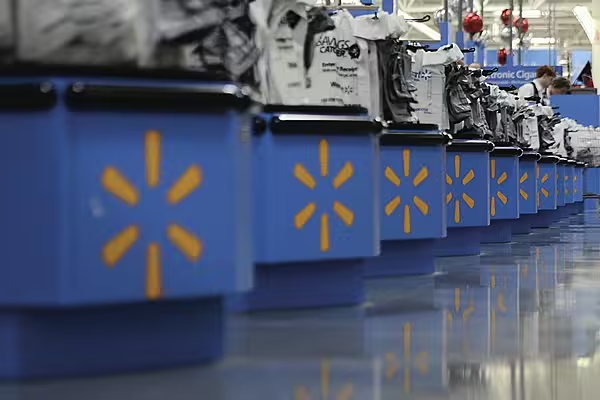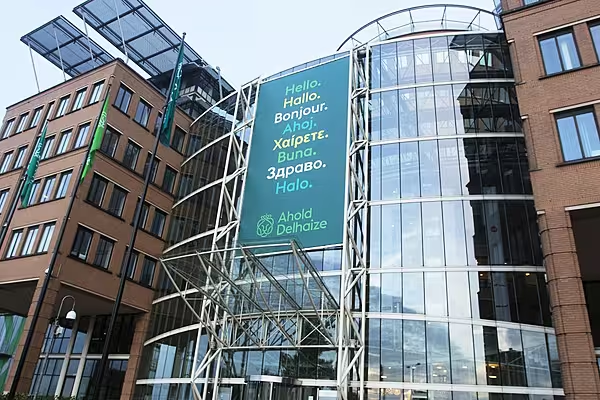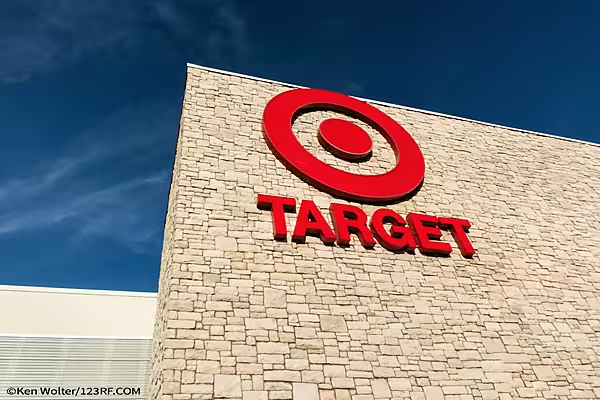Target Corp beat analysts' estimates for same-store sales on Wednesday as more shoppers visited its stores to buy clothes and stock up on back-to-school essentials, even though they bought less online compared to pandemic highs.
Comparable sales at Target, which announced a new $15 billion share repurchase programme, rose 8.9% in the second quarter ended 31 July, edging past expectations of 8.68%, according to IBES data from Refinitiv.
A majority of the growth was fuelled by its stores, Target said, in contrast to a year earlier when digital channels accounted for the bulk of sales.
"We believe that America still embraces stores and the traffic we are seeing tell us that stores continue to play an important role," chief executive officer, Brian Cornell said.
Online Shopping Declines
Digital comparable sales in the quarter rose 10%, compared to a 195% rise in the same period a year earlier, when customers relied on Target's same-day delivery services, such as Drive up, Shipt and in-store pick ups, for their shopping needs during the pandemic.
Walmart's quarterly report, on Tuesday, also signalled that more people are returning to stores, as well as slowing online sales after a record year.
While second-quarter sales rose across major categories at Target, apparel particularly benefited from an early start to the back-to-school season from President Biden administration's advance child tax credit.
That boost is expected to extend into the current quarter, even as the fast-spreading Delta variant threatens to dent an economic recovery.
Consumer Behaviour
"We are not seeing any adjustment in consumer behaviour through the new variant," Cornell said.
The company also forecast high single-digit growth in comparable sales for the second half of the year, above analysts' expectations of low single-digit growth.
Total revenue rose 9.5% to $25.16 billion, just ahead of estimates of $25.08 billion.
In the first quarter, the company beat estimates for quarterly profit and sales as a strong vaccination drive across the country encouraged shoppers to return to its stores and spend their stimulus checks on home goods, clothes and other items.














